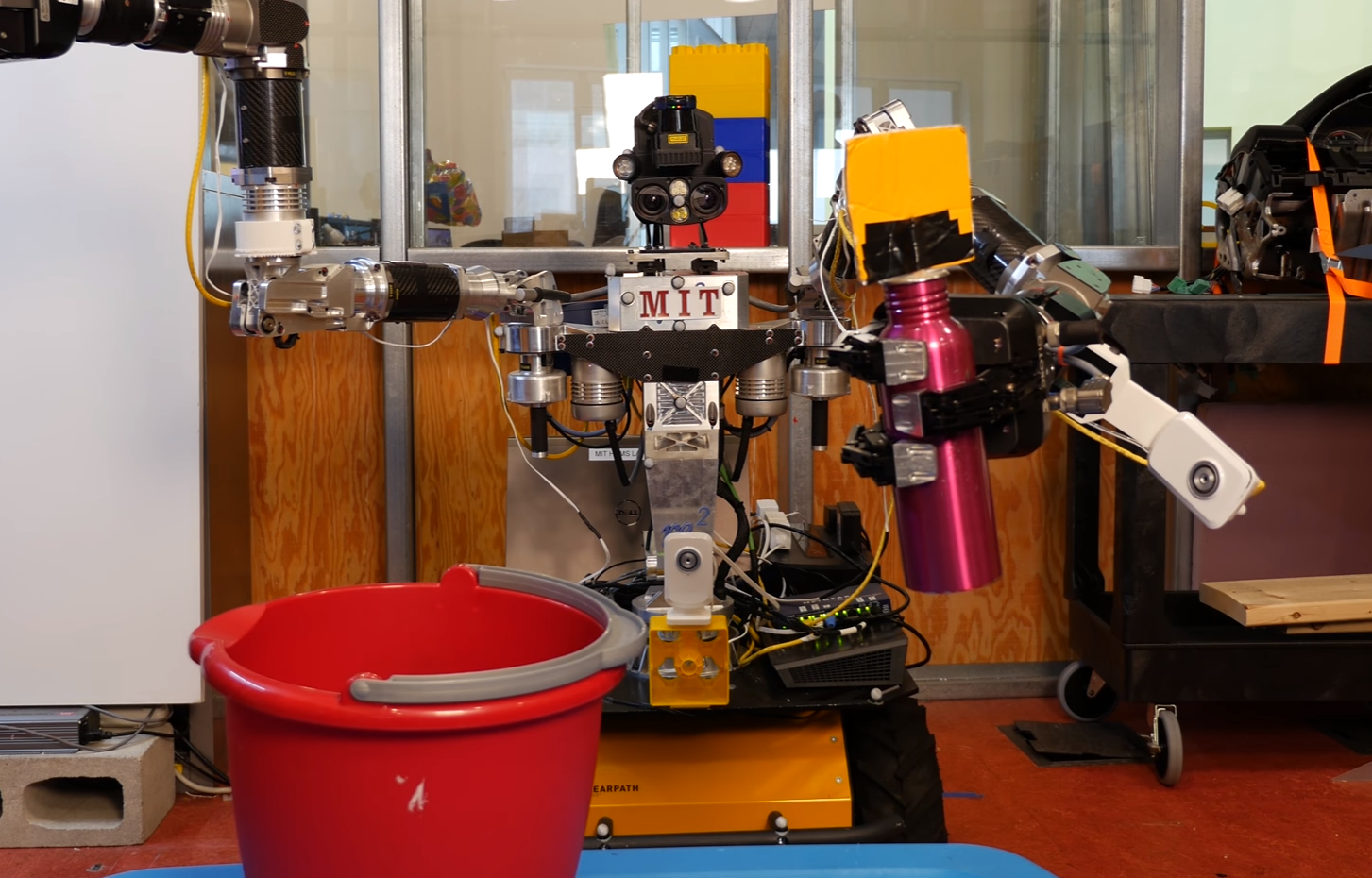In an era defined by rapid technological advancements, the notion of “teaching with robots” has piqued both academic curiosity and public intrigue. The harmonious integration of artificial intelligence and traditional pedagogical methods presents an innovative paradigm shift within educational frameworks. Educators and technologists alike recognize the potential for robots not just as tools, but as active participants in the educational process. This phenomenon invites contemplation on deeper psychological and sociocultural dimensions surrounding human-robot interactions.
Historically, the classroom has been a sanctuary for human-centric teaching methodologies, yet the modern academic landscape is increasingly characterized by an infusion of robotics. This transformation holds a dual promise: the optimization of learning outcomes and the democratization of education. By leveraging advanced algorithms, robots can customize learning experiences to meet the unique needs of each student, addressing various learning styles and paces. This tailored approach can amplify engagement and retention rates, drawing attention from educators eager to enhance pedagogical effectiveness.
Moreover, the infusion of robots into educational settings elicits a palpable fascination, not only due to their sophisticated capabilities but also because they embody humanity’s relentless pursuit of innovation. The desire to endow machines with the ability to teach is reflective of a deeper sociocultural yearning for connection and understanding. The prospect of robots mentoring learners hints at a future where educational boundaries may dissolve, allowing knowledge to flow more freely, irrespective of geographic or economic constraints.
However, the implications of teaching with robots transcend mere logistical convenience. Acknowledging the dynamic nature of social relationships inherent in human learning establishes the need for careful consideration. Can a robot truly replicate the empathetic nuances of a human instructor? The argument rests on the essential qualities of mentorship, which include emotional intelligence and the ability to inspire. Students often develop attachment not solely based on knowledge transfer but through interpersonal connections that foster a supportive learning environment. As robots assume more influential roles, educators must grapple with questions surrounding their capacity to forge these vital emotional bonds.
In essence, the exploration of robot-assisted teaching transcends the superficial allure of technology. It embodies broader educational aspirations—profoundly redefining our understanding of teaching and learning. As we venture deeper into this uncharted territory, it becomes imperative to strike a balance between technological innovation and the irreplaceable value of human interaction. The future promises a harmonious coexistence of robots and educators, paving the way for a transformative learning experience that melds the best of both worlds.
